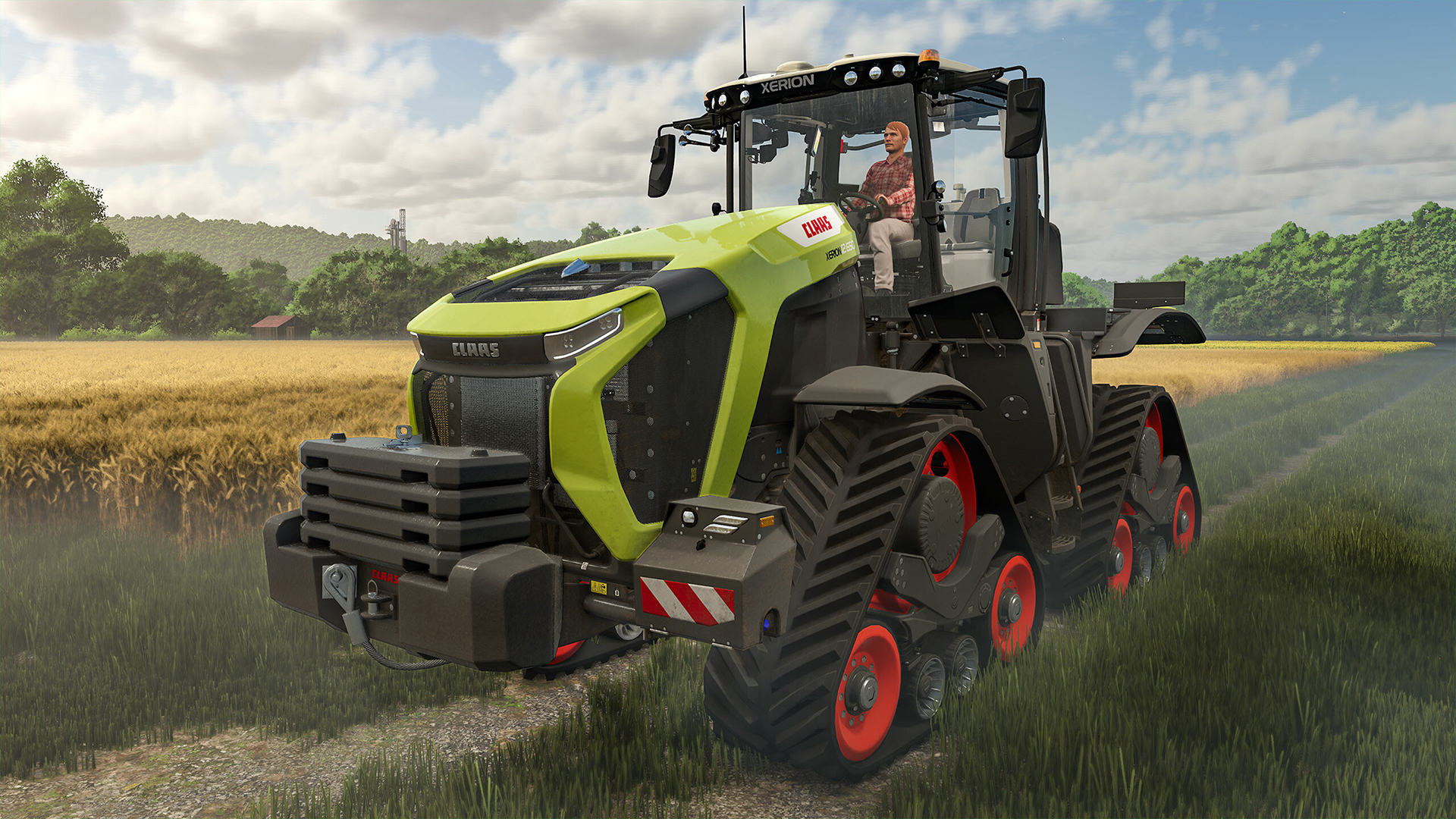With new crops, animals, buildings, and factories, there will also be new products. When the work in the fields is done, and you decide to make more of your harvest (because you are not just a farmer, but a businessman), there are plenty of opportunities to do so.


[h2]Greenhouses[/h2]
[h3]Grow more on your farm[/h3]
Greenhouses are back, and there's so much more you can grow. That's, of course, in addition to the 25 regular field crops of Farming Simulator 25. You can also grow garlic, chilies, or spring onions, in addition to tomatoes, lettuce, strawberries, and other fine greenhouse vegetables. Choose which crops to grow, provide water, and wait for the results to be put out in pallets.



If you're a fungi friend, there are even special greenhouses and warehouses in addition to the regular glass greenhouses, so you can grow mushrooms. Since the spongy species of shrooms we have in Farming Simulator 25 prefer darkness, this type of greenhouse is completely shielded from sunlight.




There are several ways to distribute or sell your greenhouse produce. Sell them directly, ship them to factories for further processing, or distribute them to local farm shops. Let's take a look at farm shops!
[h2]Farm Shops[/h2]
[h3]Lovely extensions of your farm[/h3]
Whether they're built via the construction menu and are owned by you or already exist in town, farm shops can only make profits if they have stuff to sell.

That's, of course, up to the local farmer - meaning you. Otherwise, their baskets and boxes remain empty.


Build your farm shops where you see fit. A small farm shop at the side of the road, like you see them so often driving around the countryside, or even a bigger one directly at your farm. It's always nice to put the fruits of your labor on display.

[h2]Farmer's Markets[/h2]
[h3]Supplying the town with produce[/h3]
Farm shops are charming, but the townsfolk needs more to eat than just some roadside tomatoes. In Riverbend Springs and Hutan Pantai, there are Farmer's Markets at the center of town.

Local vendors require you to supply them with even more goods to feed the people. Delivering higher quantities is more profitable, of course.

While other businesses in Riverbend Springs don't count on their local farmer alone, the stores in Hutan Pantai insist on locally grown crops.

Which is why stores remain fully closed if you don't deliver in time.





Are the farmer's markets supplied with fresh produce? Good! Let's not stop there. People want their canned goods, too. And when they're fed, humans start to build things which they require other resources as well. You can help. And further increase profits.
[h2]Factories & Productions[/h2]
[h3]Why stop at supplying the small ones?[/h3]
Factories and production buildings, whether they're owned and built by you or already exist in the city, will offer to buy and process your goods and resources. That's not limited to crops, but also wood and other resources.
There's now a cement factory, for example, as this valuable commodity is required in various construction projects. Let's check out some new factories and production buildings.
[h3]Paper Factory[/h3]



[h3]Cement Factory[/h3]



[h3]Cooper[/h3]


[h3]Rope Maker[/h3]


[h3]Dairy[/h3]



[h3]Canning Factory[/h3]


[h2]Need more to do?[/h2]
[h3]Constructions & Community Projects[/h3]



















































 Awww...
Awww...




















































